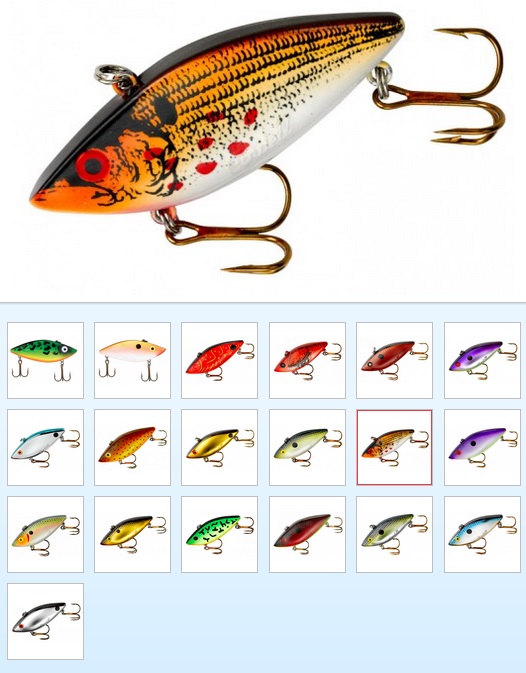 Sunny late-winter days that foreshadow spring draw fishermen out of the house and onto the water, but the anglers aren’t the only ones prompted to move by those first warming trends. Bass sense change occurring and begin moving toward spawning areas, often migrating up points and then onto adjacent shallow flats, which tend to warm faster than deeper areas.
Sunny late-winter days that foreshadow spring draw fishermen out of the house and onto the water, but the anglers aren’t the only ones prompted to move by those first warming trends. Bass sense change occurring and begin moving toward spawning areas, often migrating up points and then onto adjacent shallow flats, which tend to warm faster than deeper areas.
The same hints of warmth draw baitfish onto the flats and activate crawfish, with craws playing an especially important part in the equation in “grass lakes,” where underwater vegetation typically is just beginning to grow again.
When the bass first move onto flats, a Cotton Cordell Super Spot is an ideal lure for targeting them several reasons. First, it has a very tight wiggle and flat sides, which make it subtle and therefore appealing to fish that remain slowed by winter’s cold. In addition, the sound attracts fish from wide area, which is important for working broad flats, while suggesting the clacking of a crawfish. A Super Spot also provides extreme versatility in the depths it can be fished effectively and in presentation speeds and styles.
Related to presentations, mixing these up can be important to success. Often the best presentation is a lift-and-drop sort, not unlike working a worm along the bottom. Cast, let the bait swing down on a tight line, and then work it back with a series of lifts of the rod tip and drops. With this presentation, you’re moving the lure with the rod, more so than the reel, and most fish will hit the lure on the drop.
Other times, a slow roll, with the lure barely kicking bottom or the tops of any vegetation from time to time, is more effective. Over grass, if the lure falls too far and gets caught, rip it out and let it fall for a moment, and be ready for a strike when you do so.
Often the best presentation is essentially a steady retrieve but involves occasional pauses or snaps of the rod tip to make the lure jump or hesitate and sink just a bit. Slight changes in the cadence can serve as strike triggers, just like bumping the vegetation.
A few keys to success with this approach are finding broad flats that are close to deep winter areas and that offer spawning habitat at the shallow end, covering water, and mixing up presentations until you figure out how the fish want a Super Spot worked any given day.
A ½-ounce C24 Super Spot is the go-to for this approach, but the slightly larger C25 allows you to get a bit deeper, when necessary, and provides a little larger profile when needed to match bigger forage. A few of the best early-season colors are classic metallic finishes like Gold/Black and Chrome/Blue and red-heavy colors like Rayburn Red and Tomato Red for waters where crawfish are plentiful.
